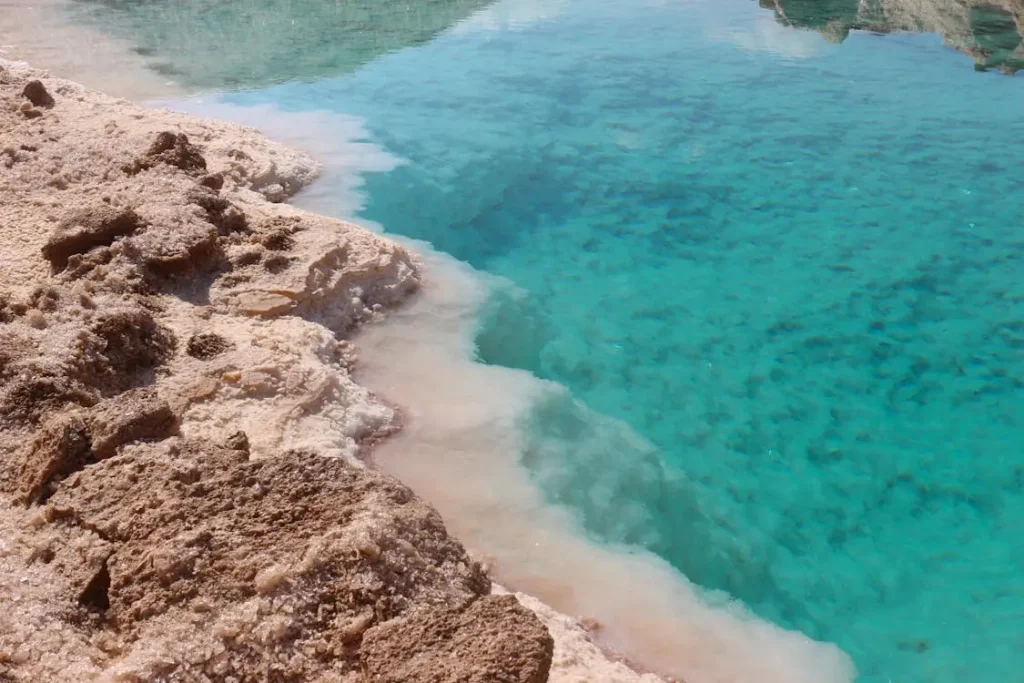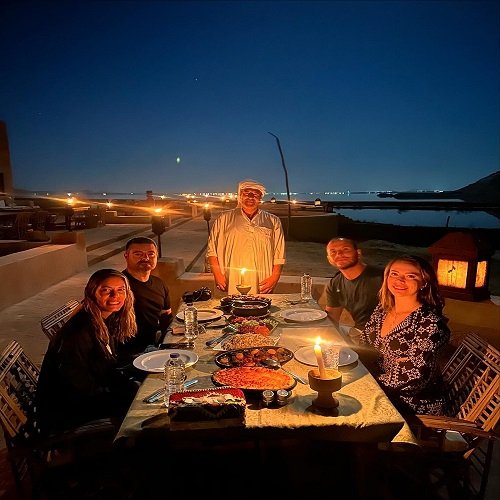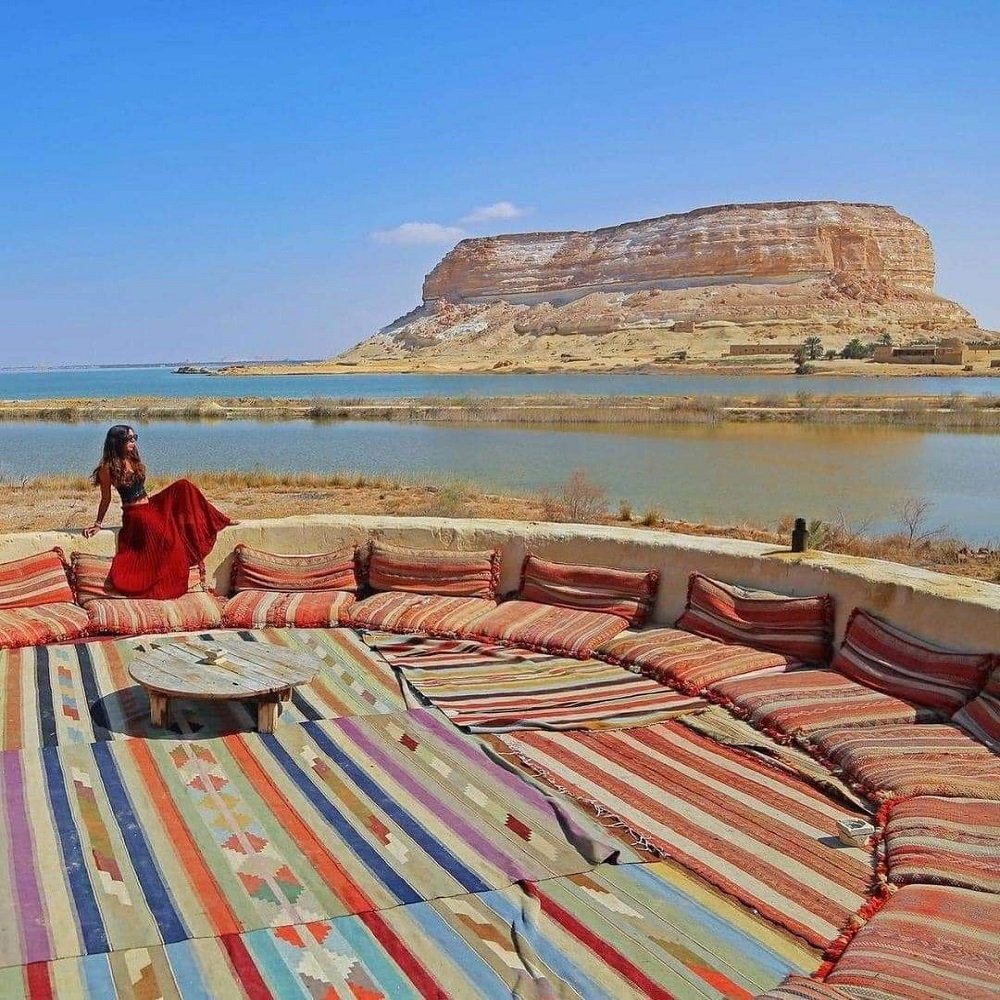
Siwa Oasis: Egypt’s Hidden Gem of Nature, Culture, and History
softvenceomega
11:05:56 May 8, 2025
Introduction to Siwa Oasis
Nestled deep within Egypt’s Western Desert, near the Libyan border, Siwa Oasis is one of Egypt’s most captivating and least explored destinations. Surrounded by endless dunes, palm groves, and salt lakes, this remote oasis blends ancient Berber culture, Greco-Roman history, and spectacular natural landscapes. Siwa offers a unique experience for travelers seeking authenticity, tranquility, and adventure far from the well-trodden paths of Cairo or Luxor.
This comprehensive guide explores everything you need to know about Siwa—its history, top attractions, eco-tourism appeal, cultural richness, and practical travel tips.
The History and Significance of Siwa OasisAncient Roots and Historical Importance
Siwa has been inhabited since prehistoric times and gained fame during the Greco-Roman era. It was once a critical stop along ancient caravan routes that connected the Nile Valley to North Africa. Siwa’s fame peaked when Alexander the Great visited the Oracle of Amun here in 331 BCE, seeking divine confirmation of his status as a god and rightful ruler of Egypt.
The Oracle of Amun
The Temple of the Oracle of Amun, also known as the Temple of the Oracle of Zeus-Amun, sits atop the Aghurmi Hill and remains a major historic attraction. The ruins speak to Siwa’s once-prominent religious and political influence in the ancient world.


Top Attractions in Siwa Oasis
Shali Fortress: A Medieval Mud-Brick Wonder
Built in the 13th century from kershef—a mix of salt and mud—the Shali Fortress once protected Siwans from desert raiders. Despite partial erosion, its winding alleys and unique architecture provide a surreal, otherworldly atmosphere and panoramic views of the oasis.
Cleopatra’s Pool: The Spring of the Sun
This natural spring is said to be where Cleopatra bathed during her visit to Siwa. Today, it’s a popular swimming spot surrounded by palm trees and local cafés, offering a refreshing escape from the desert heat.
Donec scelerisque enim non dictum aliquet. Sed ec nunc. Suspendisse volutpat elit nec nisi congue tristique eu at velit. Curabitur pharetra ex non ullamcorper condimentum. Morbi sit amet dui convallis, mattis augue id, ullamcorper massa. Fusce vulputate sodales hendrerit.